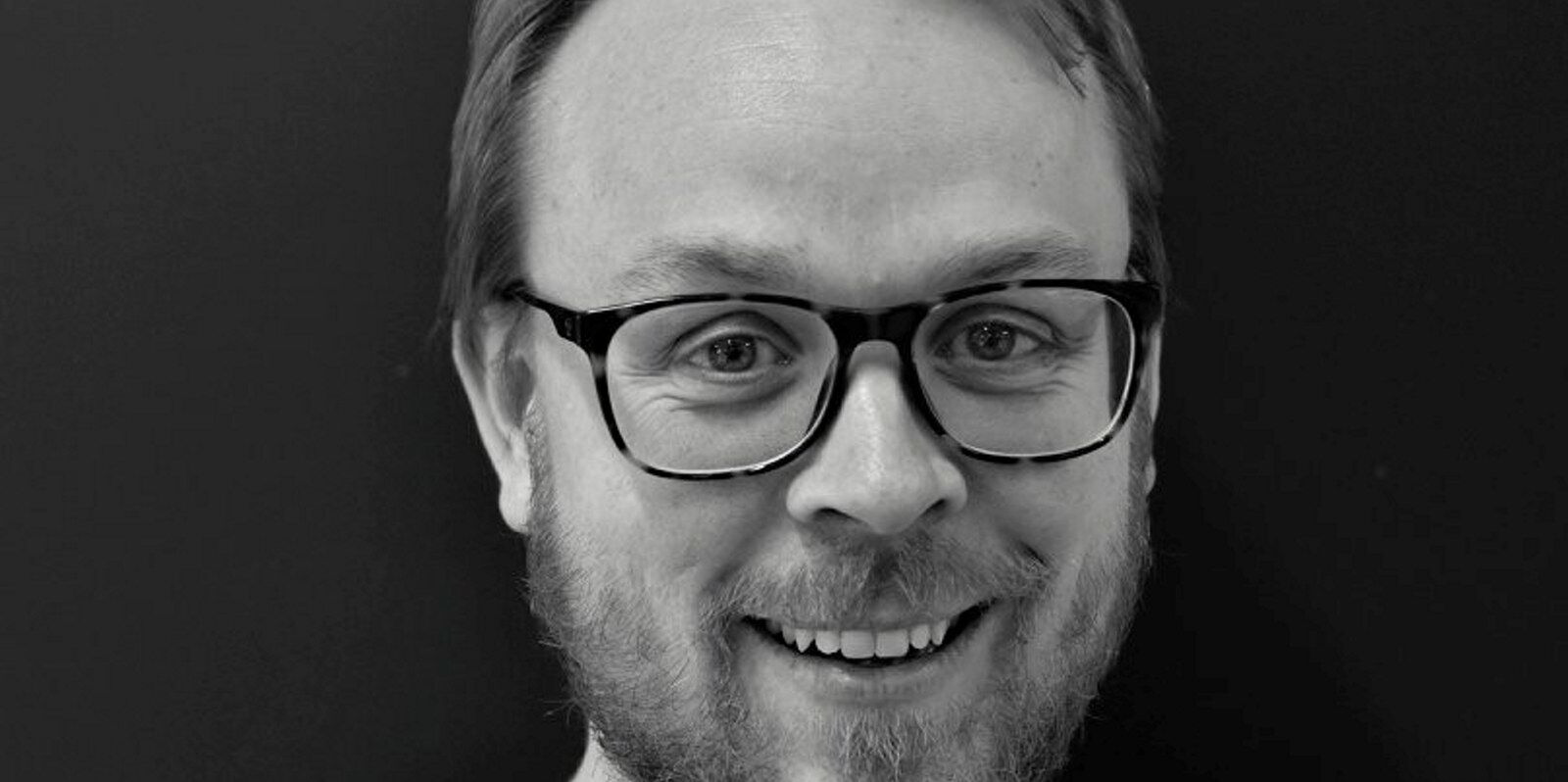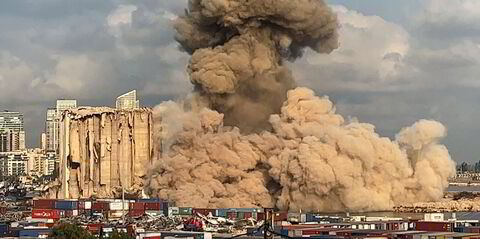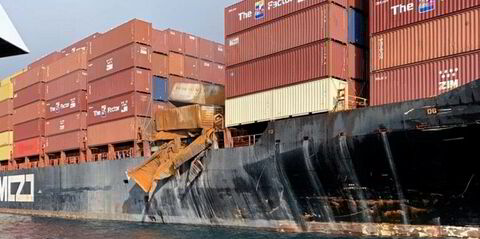Understanding the full impact on global trade of a catastrophic event such as a major port closure, collision or tsunami is hampered by a lack of timely data from the shipping industry, according to a prominent analyst.
The discipline of catastrophe modelling attempts to quantify the overall impact of a single major event, but relies on accurate data.
But one thing is increasingly clear: the worst-case scenarios are getting worse owing to the increasing size of ships, said Robert Muir-Wood, chief research officer at Moody’s RMS and a pioneer of the discipline.
Originally designed for land-based threats such as hurricanes, the techniques are being used for maritime scenarios but are more complex due to the global movement of vessels.
The models give insurers accurate information to price risk to cater for major events such as the blockage of the Suez Canal, or the wholesale rerouting of ships in the Red Sea resulting from Houthi attacks on commercial shipping.
Muir-Wood’s team has considered potential events such as an earthquake and tsunami that resulted in stranding cruise ships on land in the Caribbean.
But the most accurate results rely on detailed data including for cargo, ship design and trading patterns. Much of the information is available but not in a form that could be collected and collated for analysis, Muir-Wood said.

He has been involved in modelling key catastrophe perils at ports since 2015 but said the lack of data meant that analysts were not able to draw up a full picture of risk. He blamed commercial sensitivities and shipowners failing to appreciate the full benefits of the modelling.
“If we’re looking at insuring a house or a factory, we need to know exactly what it is and where it is. If you tell us that, we can tell you about the risk costs,” he told TradeWinds.
“If you can tell us that information for ships and cargo, there’s a lot we could do with it. In many cases, we have the capability, we just don’t receive the information at a sufficiently atomic level to be able to harness it to the degree which we would think would be appropriate.”
Having detailed information on individual containers would transform the amount of data available to researchers and require new systems to examine it. But it “would teach us about risk”, Muir-Wood said.
“The position we want the shipowner to be in is to be able to demonstrate why they are a better risk than they’re currently being assumed to be.”
The insurance market has already responded to the disaster in Baltimore. An apparent loss of control saw the 9,962-teu Dali (built 2015) bring down the Francis Scott Key Bridge causing multibillion-dollar losses and the deaths of six people.
Insurance broker Marsh last month launched a $50m policy to cover the loss of revenue caused by port blockages, like in Baltimore. Gallagher Re has funded work with Oxford University researchers to investigate the impact of disruption at key maritime chokepoints on wider global trade.
Stefan Schrijnen, chief commercial officer of London-based insurance tech firm Insurwave, said that data was available but was often trapped in PDF documents and Excel spreadsheets.

Some companies relied on a slow process of outsourced workers retrieving and manually recording the data in a usable format, Schrijnen said.
“For data to get into the model, somebody has to figure out how to go from a million PDFs to a structured database that works for each of those modellers,” he said.
“The technology is there now. And what’s going to happen over the next few years, companies like Insurwave in close partnership with the insurance industry will expand the footprint of that technology.”
Read more
- Financial strength of big 12 P&I clubs at all-time high, says Gallagher
- Shipowners poised to cash in on softening hull insurance premiums
- Aon: P&I clubs will struggle to justify premium increases in 2025
- Tanker bottleneck unwinding at key French port as strike ends
- ‘Miraculous’: Runaway boxship pilot honoured for saving lives




